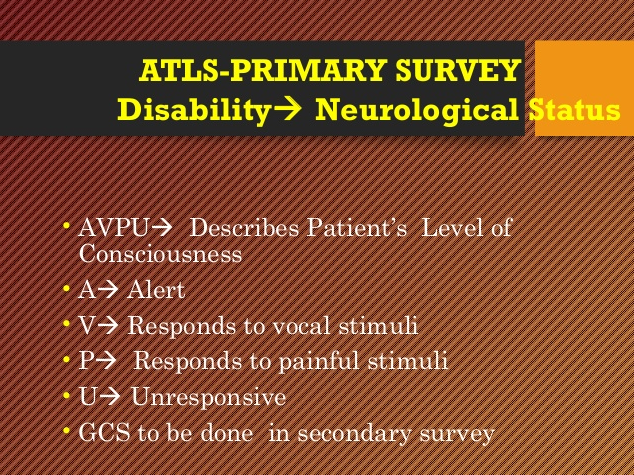Generic slides are designed so that “anyone can give the same presentation and everyone receive the same information.” Few great presentations are given using generic slidesand many good presentations are made worse using generic slides. Education is not simply about parroting information, however appropriate, but about engaging with the audience and delivering a message. Generic slides are not designed for this purpose.
 Generic decks are designed (badly) to contain all the information that the organiser desires to be delivered to the audience. The pedagogy of this is flawed. Learning does not happen by recitation of a script. Even the audience simply reading the facts in the quiet of their own study will retain very few facts. The purpose of a presentation is not merely to confirm that these facts have been delivered but to add understanding to the audience. The use of generic slides will fail in its basic premise.
Generic decks are designed (badly) to contain all the information that the organiser desires to be delivered to the audience. The pedagogy of this is flawed. Learning does not happen by recitation of a script. Even the audience simply reading the facts in the quiet of their own study will retain very few facts. The purpose of a presentation is not merely to confirm that these facts have been delivered but to add understanding to the audience. The use of generic slides will fail in its basic premise.
To improve the situation The Good Presenter has various options and this will change according to seniority, experience, prior knowledge, assessment of the presenter and presentation, the audience and their subsequent assessment. Core and course values are important. So is educational value. Sometimes the conflict cannot be easily resolved in a short discussion. The best time for that extended discussion is out with the lecture theatre. A non-generic presentation delivered with passion and engagement is of huge value in the debate but not at the expense of professional conflict or brand disloyalty. In such discussions The Good Presenter must respect both sides of the discussion.
It is always worth investigating at what level the insistence of using a generic deck exists. A general suggestion is very different from an enforcer at the back of the room. With time, prior warning and preparation an excellent presentation can be constructed using the generic deck as a factual basis, as a background or cues. It need not be delivered in a generic manner. The best solution though is to construct and deliver a more appropriate and personal presentation, designed for the specific audience with active engagement seeking to deliver a message rather than a data download. And then have the discussion on how to all the whole generic decks accordingly.
A more ad hoc approach to a locked down, prescribed slide deck is by adding in The Best Slide in the World (BSitW). The generic approaches uses text as prompts and once the presenter has moved to the appropriate section in the piece, the audience will hugely value the added BSitW. This can be deployed using pause on most remote controls or “B” or “W” on the computer (depending on ambient lighting). Most decks also have to opportunity to hide or delete slides. By making a copy and undertaking a significant cull, a much less arduous deck can be constructed. Even better, consider going commando; a good presentation doesn’t need slides, particularly if they distract.
The Good Presenter must maintain sensitivity when faced with generic slide decks. Be sensitive to the real needs of the audience. Be sensitive to branding and organisational identity. Be sensitive about the timing and place of debates on generic slides. Judicious use of The Best Slide in The World will augment many presentations and above all, preparation will be rewarded.
“I’ll email you my talk”; “Can you send me your talk?”
These sentences never made sense to me. You obviously cannot attach a talk or a performance to an email. One can obviously attach the P2 but I guess the P2 is specific to the speaker and the occasion.
The reason they don’t make sense to you is that you have an understanding of a presentation as a whole (p1, p2 and p3) where the questioner believes that everything about a presentation is encapsulated in the p2. this is the standard approach to constructing a presentation to include everything that needs to be transferred, everything that needs to be read and everything that needs to be in a handout; the slideument.
THIS is why there still remains so much work to be done.
Whilst I was a little flippant with my suggestion of ditching the talk some of my best presentations at the alphabet courses have come when the technology has failed and I have not had the generic deck to use. Depending on the talk itself it may be easier to use this approach and go commando.
I regularly teach on a generic paediatric course and hide as many of the irrelevant/over-burdened slides as possible.